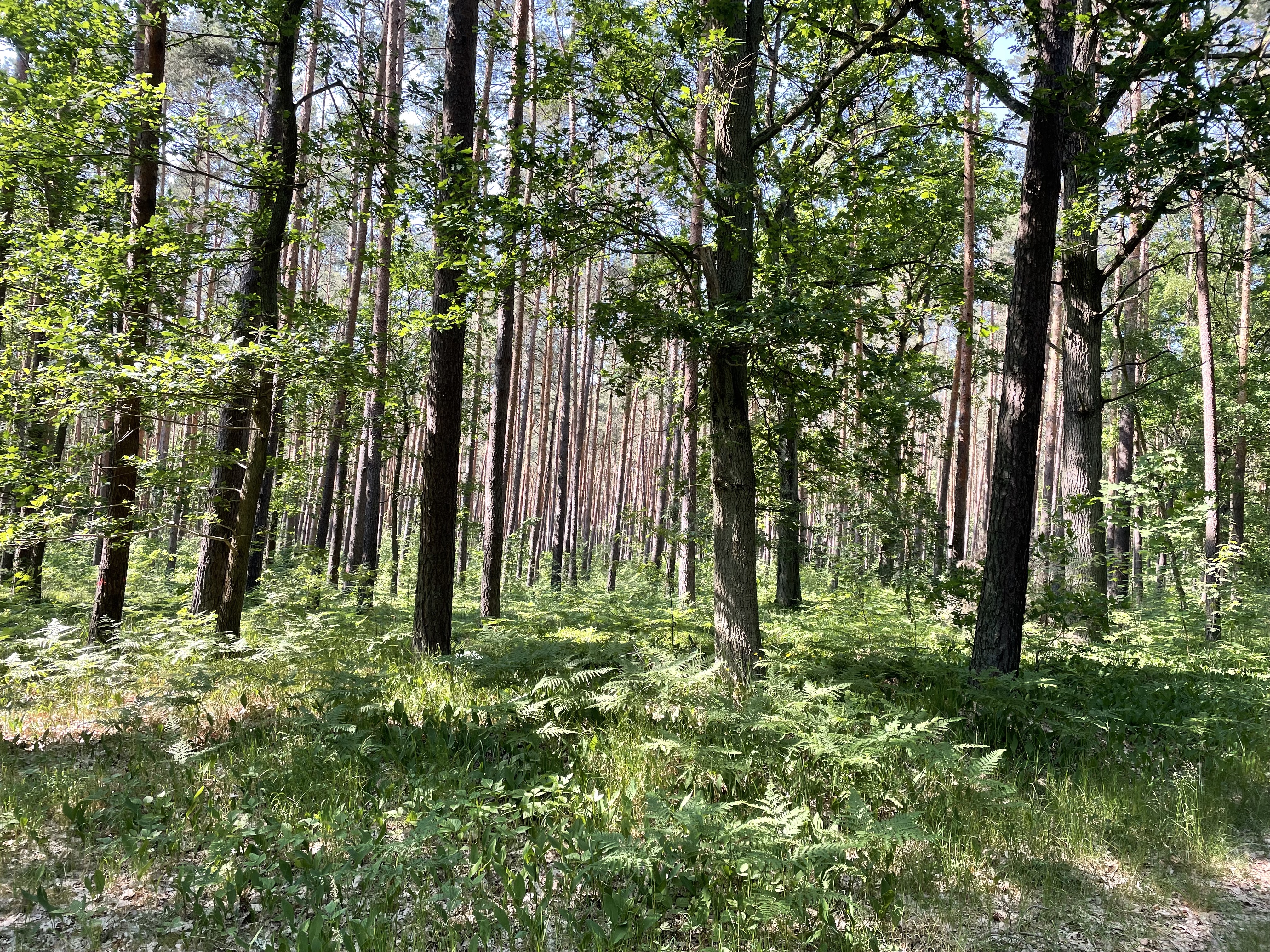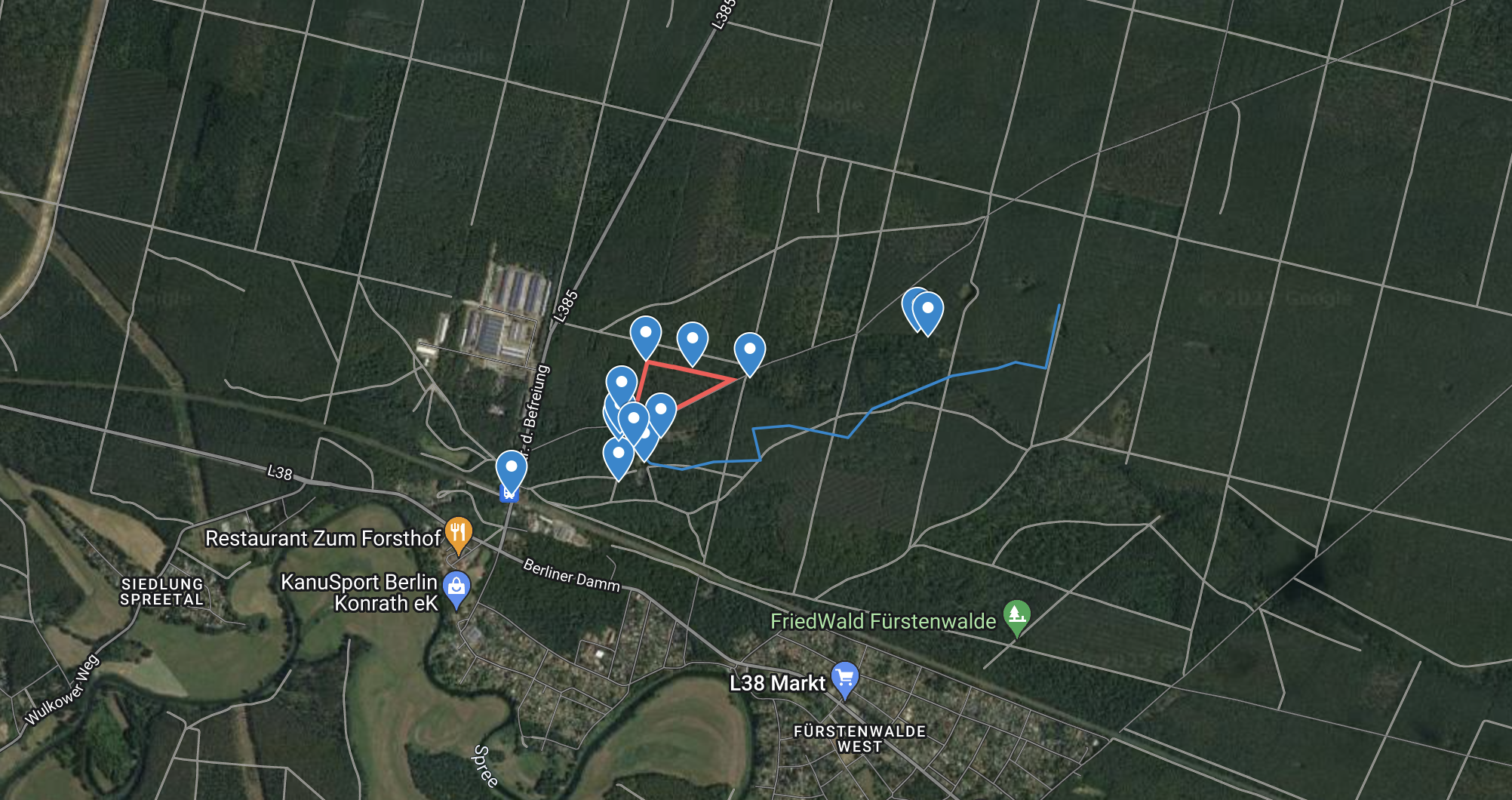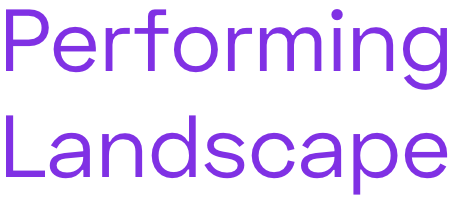Berliner Festspiele
GermanyThe Berliner Festspiele organise various festivals and art exhibitions, concerts, dance and theatre performances, readings, lectures, debates and much more throughout the year. In addition to their own venues – Gropius Bau and Haus der Berliner Festspiele – they present their programme at other locations in and around Berlin. Recurring festivals such as MaerzMusik, Theatertreffen, Musikfest Berlin, Jazzfest Berlin and the Treffen junge Szene are joined by exhibitions, events and additional programmes to create a wide range of spaces to experience contemporary and modern art forms.
With a spectrum of events that includes various artistic disciplines and emphasises exchange and collaboration, Berliner Festspiele see themselves as an open and interdisciplinary platform: They are a domain for artists, for their idiosyncratic works and manifold approaches and working methods. They are a forum for visitors, listeners and viewers from all parts and corners of the city and the country.
With a spectrum of events that includes various artistic disciplines and emphasises exchange and collaboration, Berliner Festspiele see themselves as an open and interdisciplinary platform: They are a domain for artists, for their idiosyncratic works and manifold approaches and working methods. They are a forum for visitors, listeners and viewers from all parts and corners of the city and the country.
And a place to consider timeless and timely issues together that may be on everybody’s mind in one way or another and that present a challenge to the global society more than ever before.
This is the point of departure for Berliner Festspiele’s interest in the project “Performing Landscape”, which combines ideas on art, landscape and territorial spaces by ten European artists. Conceived as a collaborative project of several institutions, exchanging ideas and learning from each other are essential elements of this joint working process. Caroline Barneaud and Stefan Kaegi developed the “Shared Landscapes” productions in contiguity with nature with the artists, and they can be re-contextualised and transferred into landscapes of other European countries. We are interested in the interactions between the inhabitants of the respective territories – be they humans, animals, plants or stones – that emerge from the performative events.
This is the point of departure for Berliner Festspiele’s interest in the project “Performing Landscape”, which combines ideas on art, landscape and territorial spaces by ten European artists. Conceived as a collaborative project of several institutions, exchanging ideas and learning from each other are essential elements of this joint working process. Caroline Barneaud and Stefan Kaegi developed the “Shared Landscapes” productions in contiguity with nature with the artists, and they can be re-contextualised and transferred into landscapes of other European countries. We are interested in the interactions between the inhabitants of the respective territories – be they humans, animals, plants or stones – that emerge from the performative events.
Which new points of view may be adopted when participants stroll across a map created by artists? How can we initiate a “country outing” that pays attention to what is often overlooked? And how can we use existing infrastructures in order to operate as sustainably as possible? In a period informed by climate change, capitalism and alienation, the question of how we want to shape life and coexistence of humans and nature becomes increasingly urgent. With “Shared Landscapes”, we want to explore landscape and the permanently pre-shaped notions that we have of it. Reactivating connections between humans and nature that we had believed to be lost will create new communities that invite us to get involved with nature and with ourselves. Decentral and Europe-wide at the same time – an invisible map made from joint memories.
A territory for Shared landscapes | August & September 2023
Shared Landscapes @ Berliner Festspiele
A territory for Shared landscapes | August & September 2023
The municipality of Grünheide (Mark) is located only a few stops from Berlin, right on the border between city and countryside. Here, southeast of a lake scenery that is typical for the state of Brandenburg, lies the district of Hangelsberg. A village with a few thousand inhabitants, a historic railway station and a wooded area that stretches along the outskirts of the village. It is a piece of forest that is exemplary for the mixed woodlands that can be found in Germany: Pine trees that rise up into the
sky; oaks, beech and chestnut trees form a line with their thick crowns while lily-of-the-valleys burgeon from the ground. A scenery that reminds us of the painted places of longing in works by the German Romanticists. Or that at least lets us recall internalised images and makes us feel that we might endlessly follow the forking paths. A landscape located next to residential areas, seemingly always in use – whether by ramblers, hunters or inquisitive school-children.
With “Shared Landscapes”, we would like to view this landscape from different viewpoints. What opportunities might art offer when it is not imitating nature but rather looking for more points of reference with it? How will the invited artists use the green thicket of Hangelsberg for their scenic interventions? And which new or seemingly long-forgotten relationships will the audience enter into when they stroll about or rest in the nearest clearing?

Hangelsberg Forest
Only a few train-stops away from Berlin, Hangelsberg is located not far from the border between city and countryside. North of the meandering river Spree and behind the historic railway station, there is a forest area that is shared by foresters, curious school groups and non-human inhabitants alike. This map suggests three re-orientations for this area that may shift our gaze in the Here and Now.
Only a few train-stops away from Berlin, Hangelsberg is located not far from the border between city and countryside. North of the meandering river Spree and behind the historic railway station, there is a forest area that is shared by foresters, curious school groups and non-human inhabitants alike. This map suggests three re-orientations for this area that may shift our gaze in the Here and Now.
Re-orientation I:
From glaciers to water courses to dried-out trenchesThe map shows an area surrounded by lakes and forests, whic belonged to the Berlin-Warsaw Glacial Valley and was create by meltwaters at the end of the last ice age. The past decades however, have left their mark on the landscape: In large parts o Brandenburg, the groundwater level has dropped. The Trebuser Graben (Trebus trench), which used to carry water decades ago has dried up: a consequence of increased water usage and former soil culture schemes like draining wetlands to render surfaces usable for agriculture and forestry.
Re-orientation II:
Stabilising combinations and relicts from former timesRetaining water within the landscape and stabilising forests by means of combining various species of trees is the future task. The area around the forest school is an example of a structured mixed forest that has long been made up of more than just pine trees. Other parts
of the forest, including the area around Stefan Kaegi’s piece, have been ‘disused’ for quite a while: The wood is no longer utilised and nature is left to its own devices. In the area’s immediate vicinity, there are several “Hutewald-Eichen” (oak trees in a pastoral forest), which are more than 300 years old. They are reminiscent of times when there was intensive woodland pasture, and such forests provided food fo livestock like sheep, pigs and cattle.
Re-orientation III:
Resin extraction and other tracesThe patterns in pine trunks around the piece by Begüm Erciyas and Daniel Kötter point towards a different kind of woodland utilisation. Extracting tree resin (German: “Harzung”) was mainly a matter of economic necessity, a way to secure self-sufficiency with the hel of replacement resources. Resin extraction was first undertaken during the First World War and continued after the Second World War until 1990, especially in the GDR. These (wo-)man-made traces complement the paths crossing the area. Generations of forester have been active here, working with the forest, developing it in
accordance with nature and preserving it for future generations.





















